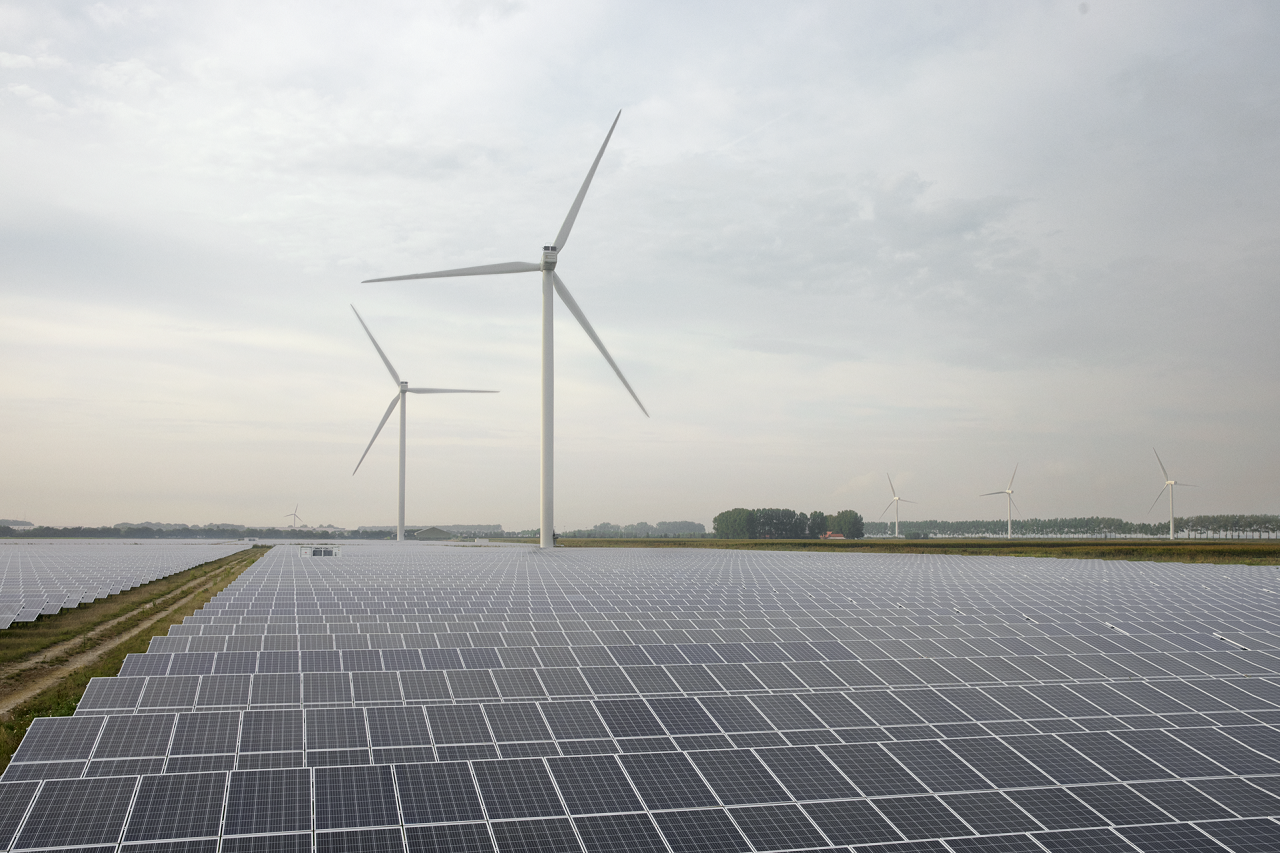
Effects of the electricity market reform on renewables, industry and end customers
In response to the energy crisis of 2022, the EU Commission presented a proposal for a new electricity market design on March 14, 2023.1 The aim is to reduce the dependence of electricity prices on fossil fuel prices, protect consumers from price spikes, accelerate the use of renewable energies and improve consumer protection.
February 2024
On October 17, 2023, the Council agreed on a general approach to the electricity market reform. The agreement reached by the Member States in the Council paved the way for negotiations with the European Parliament on the final design of the reform. On December 14, 2023, the Council and the European Parliament reached a provisional political agreement about the reform on the following points2:
Contracts for Difference (CfDs)
The use of bilateral contracts for difference (CfDs) or similar measures remains voluntary, so that project developers and companies can continue to choose between direct contracts such as power purchase agreements (PPAs) or bilateral state CfDs. Funding is only available for investments in new plants for electricity generation from wind energy, solar energy, geothermal energy, hydropower without storage and nuclear energy.
Background: In two-sided contracts for difference (CfDs), the state puts projects or electricity volumes out to tender. The price at which a project can be realised is determined in a competitive tendering process. If the actual wholesale prices remain below this price, the state makes a compensation payment up to the amount of the bid price. If the wholesale prices are higher than the agreed bid price, the producer pays the difference back to the state. The state then has the option of passing the difference on to the end customer.
Guarantee schemes for power purchase agreements (PPAs)
The reform provides for the creation of guarantee schemes for PPAs by securing them through the member states. PPAs must also fulfil minimum requirements. These include that they must contain provisions to avoid reducing liquidity on the electricity markets and that they may not provide support for the purchase of electricity generated from fossil fuels. Member States may decide to limit these guarantee schemes to the exclusive promotion of the purchase of new renewable generation.
Capacity remuneration mechanisms
Capacity remuneration mechanisms are to become a more structurally orientated element of the electricity market. They are now possible as a permanent instrument instead of - as previously - only for a certain period of time. The capacity market is an element of the electricity market design in which trading takes place not in the amount of electricity generated, but in the capacity provided.
Improved consumer protection
The reform aims to strengthen the rights of vulnerable customers. For example, consumers are to have the choice between fixed prices and dynamic price contracts and there must be no unilateral changes to contract conditions by the supplier. Along with a definition of energy poverty, protection against electricity cuts is to be implemented for customers affected by energy poverty.
Declaring price crises and access to affordable energy
The EU Council is empowered to declare a crisis on the basis of a Commission proposal. Both institutions agreed that electricity prices for vulnerable and disadvantaged customers can be reduced on the basis of the current Electricity Directive in the event of a crisis being declared.
Energy sharing
Member states can define bidding zones or limited geographical areas within which small and medium-sized enterprises (SMEs) and private households can exercise the right to share energy. Member states can also decide to extend this right to large electricity customers.
Implementation of the reform
The provisional political agreement reached on 14 December 2023 must be approved and formally adopted by the Council and Parliament - this is expected by the EU elections in June 2024. This will amend several pieces of EU legislation, in particular the EU Regulation on the internal market in electricity, the EU Directive laying down common rules for the internal market in electricity and the REMIT Regulation.
Assessment
We see the provisional agreement as a very positive development. Essentially, this is the toolbox approach requested by Vattenfall in our impulse paper "Electricity market design for a fossil-free future" from March 20233 , which offers scope for discussions on the exact implementation and selection of measures at national level. There are no mandatory instruments, but governments and market participants can choose how to finance and secure investments.
Do you have any questions about the electricity market reform or our services? Please do not hesitate to contact us!
<a class="arrow">energysales@vattenfall.de</a>
1 https://eur-lex.europa.eu/legal-content/EN/TXT/PDF/?uri=CELEX:52023SC0058
2 https://data.consilium.europa.eu/doc/document/ST-16964-2023-INIT/en/pdf
3 https://group.vattenfall.com/de/newsroom/news/2023/fit-fur-ein-fossilfreies-zeitalter-vattenfall-prasentiert-vorschlage-zur-eu-strommarktreform